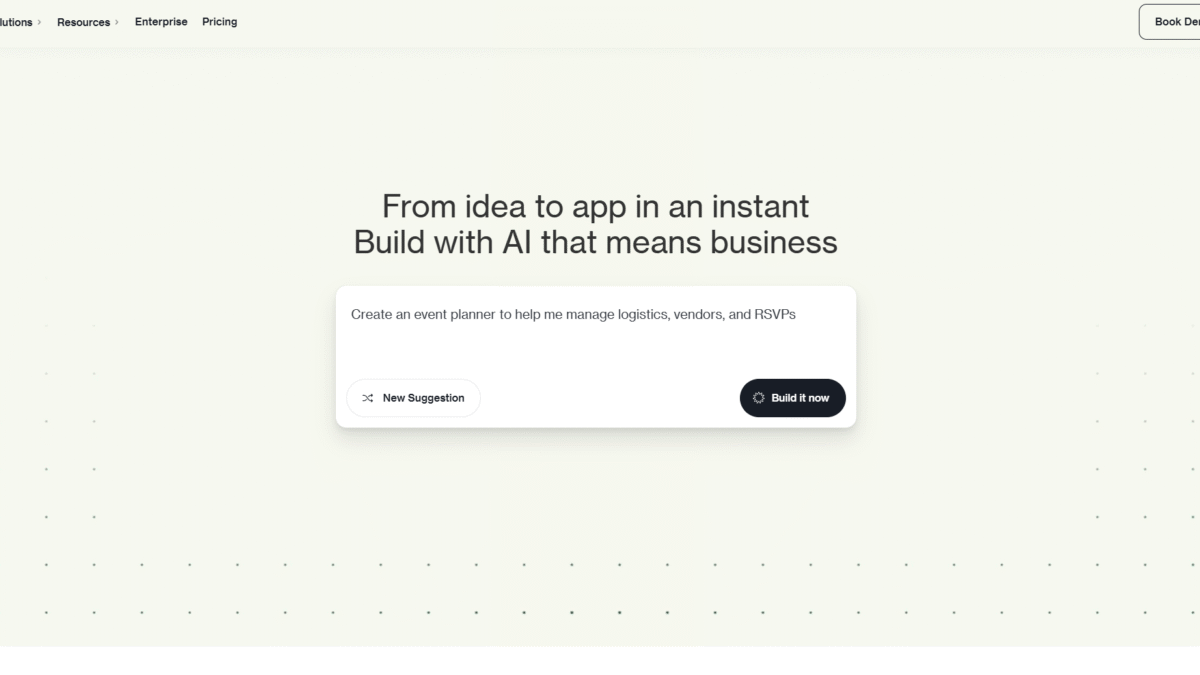
Mastering Gantt Charts to Streamline Team Projects
Getting a clear timeline for every deliverable is a must for any high-performing team—and nothing delivers clarity like a gantt chart. By visualizing tasks, dependencies, and milestones in one unified view, teams can spot bottlenecks, adjust schedules on the fly, and keep every stakeholder in sync. With Airtable, you get an intuitive platform that transforms complex project plans into drag-and-drop visualizations, powered by real-time data and AI automations.
Understanding Gantt Charts
A gantt chart is a horizontal bar chart that maps project tasks along a timeline. Each bar represents a task’s start date, end date, and duration, while connecting lines show dependencies between tasks. Originally developed in the early 20th century, gantt charts have become a staple in project management for:
- Visualizing task sequences and overlaps
- Tracking progress against deadlines
- Allocating resources and balancing workloads
Common Challenges in Gantt Chart Management
- Static spreadsheets that require manual updates
- Version conflicts when multiple team members edit the same file
- Lack of real-time visibility into task changes
- Difficulty showing complex dependencies and conditional branches
- Poor integration with calendars, file storage, and communication tools
How Airtable Simplifies Gantt Chart Scheduling
Airtable breaks down those barriers by combining a flexible spreadsheet interface with a powerful Gantt view. With Airtable, you can:
- Drag and Drop Scheduling: Simply move task bars to shift dates or durations.
- Dependency Management: Link tasks to automatically adjust downstream schedules.
- Real-Time Collaboration: Multiple editors update the chart live without version conflicts.
- Customizable Fields: Track budgets, percentages complete, assigned team members, and more.
- AI-Powered Automations: Automatically notify stakeholders when tasks slip or reach milestones.
Key Features for Gantt Chart Success
Timeline and Calendar View
See tasks on a traditional calendar or as one continuous timeline to spot overlaps and idle periods.
Interactive Interface Designer
Customize how your chart looks and behaves, hiding or showing fields, grouping tasks by phase, or adding color-coded labels.
Secure File Attachments
Easily attach designs, contracts, and specifications directly to each task for instant access.
Advanced Sync Integrations
Connect your Gantt base to Slack, Google Calendar, or Box to push updates and receive files without switching tools.
Step-by-Step Guide to Building a Gantt Chart in Airtable
- Create a new base or select a template built for project planning.
- Add a table for tasks, including fields for start date, end date, and assignees.
- Switch to the Gantt view from the view menu.
- Map the start and end date fields, then toggle on dependencies.
- Use the drag-and-drop handles to adjust schedules or link tasks.
- Invite teammates as editors and assign roles to control access.
Best Practices for Streamlining Team Projects
- Define Clear Milestones: Break big deliverables into smaller checkpoints.
- Update Frequently: Encourage team members to log progress daily.
- Automate Alerts: Set up reminders when tasks approach deadlines or dependencies shift.
- Review in Stand-Ups: Display the Gantt view during daily or weekly check-ins.
- Archive Completed Phases: Keep your chart focused by collapsing or hiding finished tasks.
Integrating AI and Automations
Airtable’s AI actions let you set up recurring tasks—like status updates or follow-up reminders—without writing a single line of code. In minutes, you can configure rules that:
- Automatically assign new tasks based on workload data
- Generate progress summaries for stakeholders
- Flag overdue tasks and trigger Slack notifications
Pricing Plans to Fit Your Team
Whether you’re a solo contributor or part of a global enterprise, Airtable has a plan for you:
- Free – Up to 5 editors, 1,000 records per base, 500 AI credits per editor per month.
- Team – $20 per seat/month (billed annually), 50,000 records per base, 15,000 AI credits per user.
- Business – $45 per seat/month (billed annually), 125,000 records per base, premium sync integrations.
- Enterprise Scale – Custom pricing, on-premise sync, advanced security, audit logs, and more.
Conclusion
Mastering gantt charts is the key to predictable timelines, transparent collaboration, and on-time delivery. With its flexible Gantt view, AI automations, and real-time collaboration, Airtable empowers every team to plan smarter and execute faster. Get Started with Airtable for Free Today and transform your project management for the AI era.
